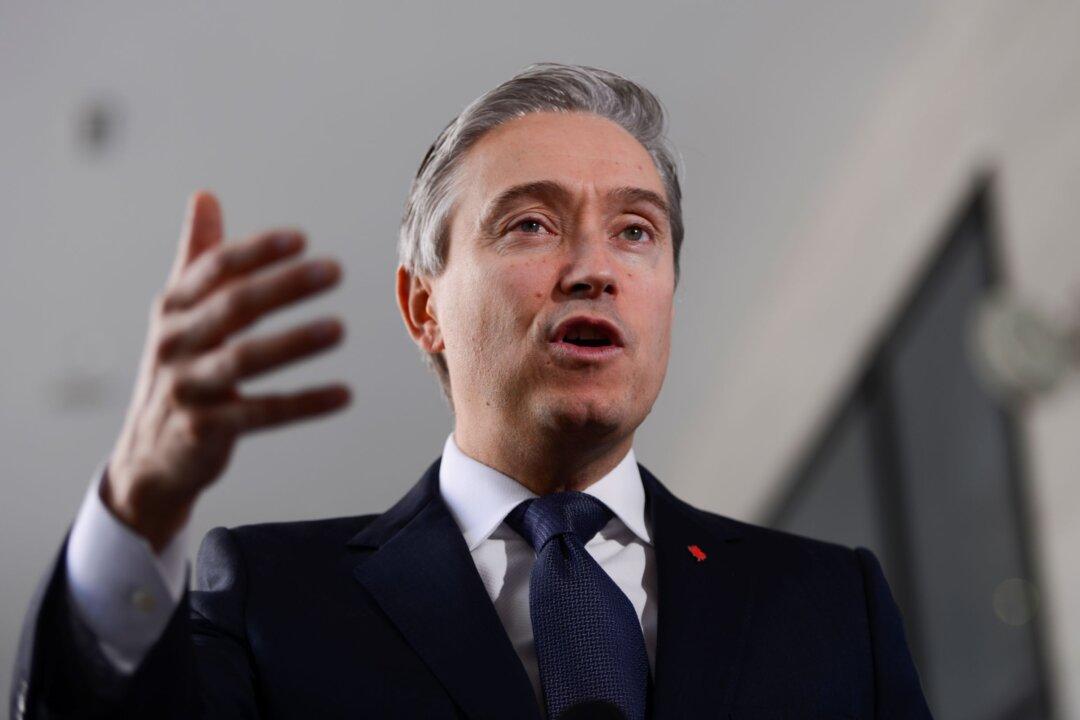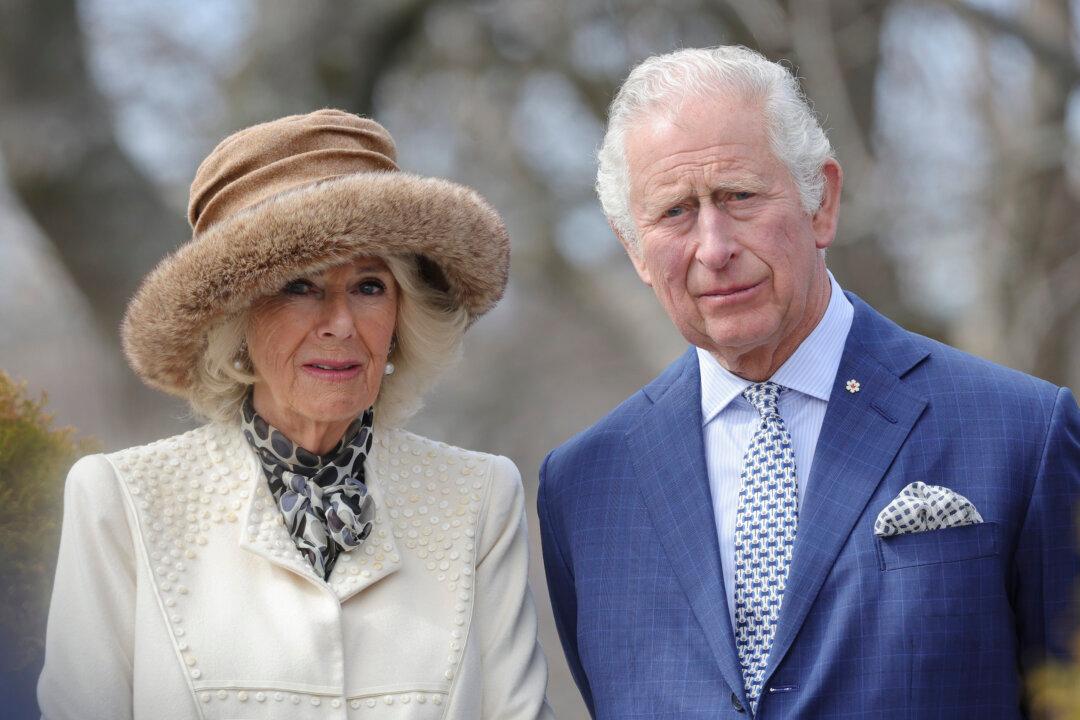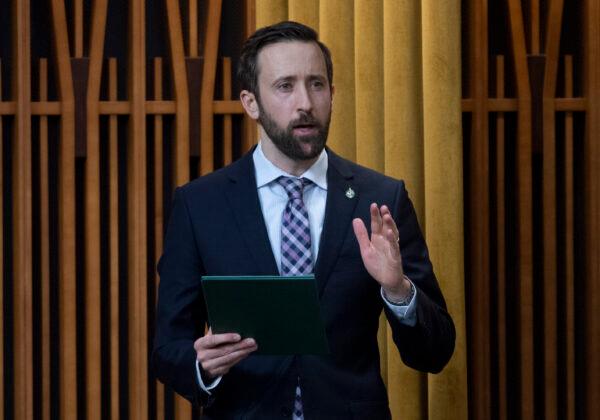News Analysis
While the Liberal government faces criticism for failing to deliver on foreign aid pledges made nearly three years ago, one expert is questioning whether aid delivers reliable results in the first place. A recent World Bank report finds that aid to certain countries is often diverted to the pockets of ruling elites.





